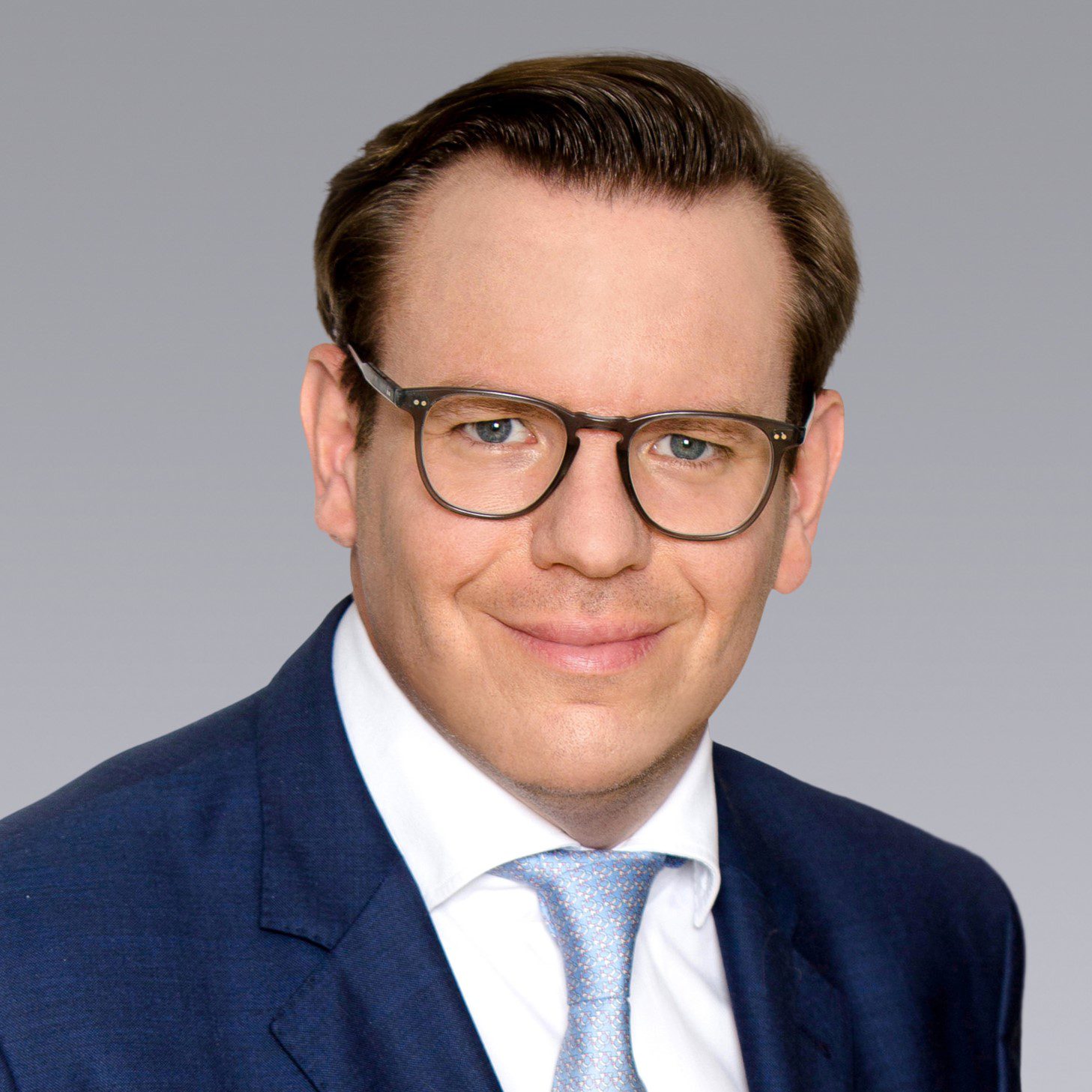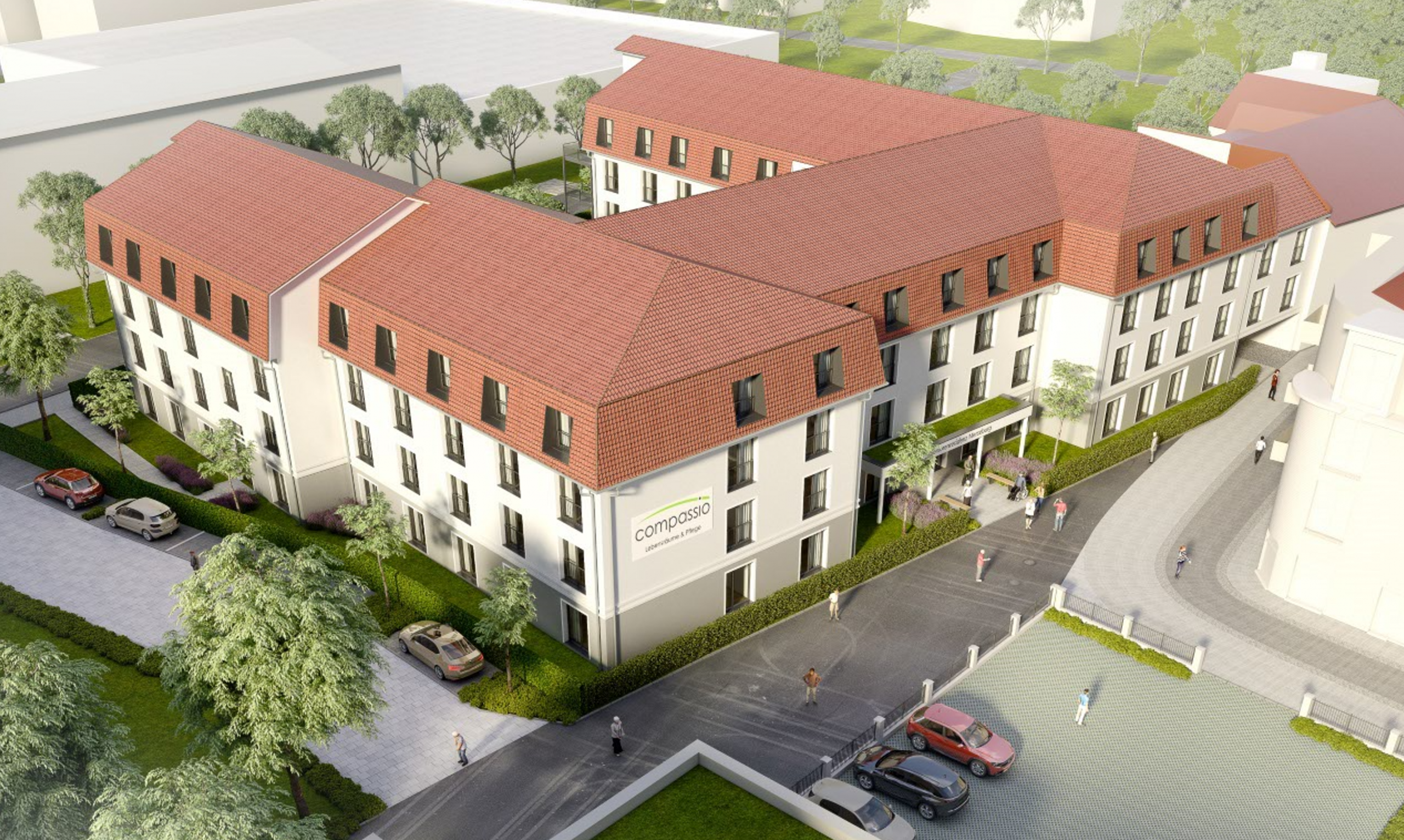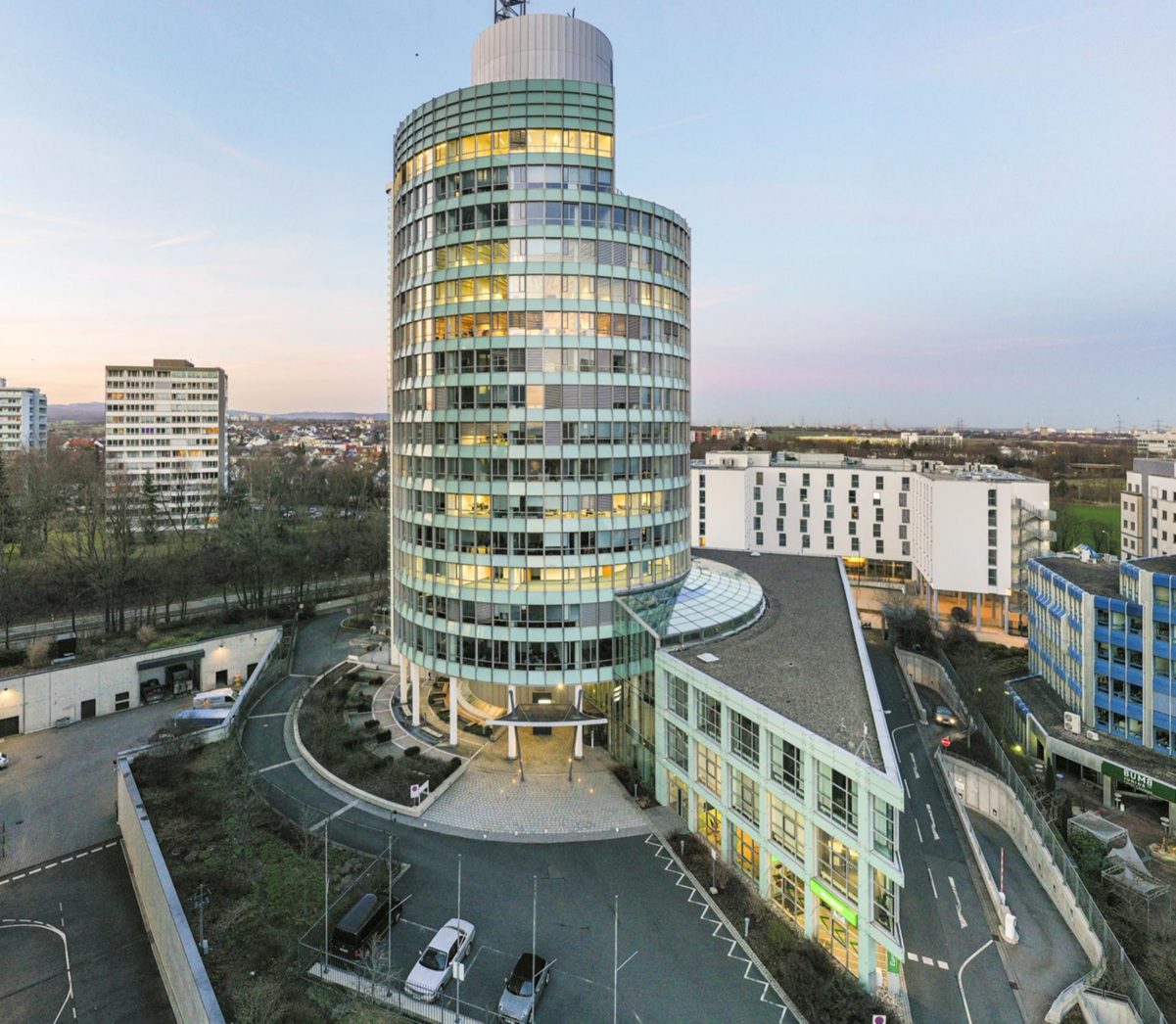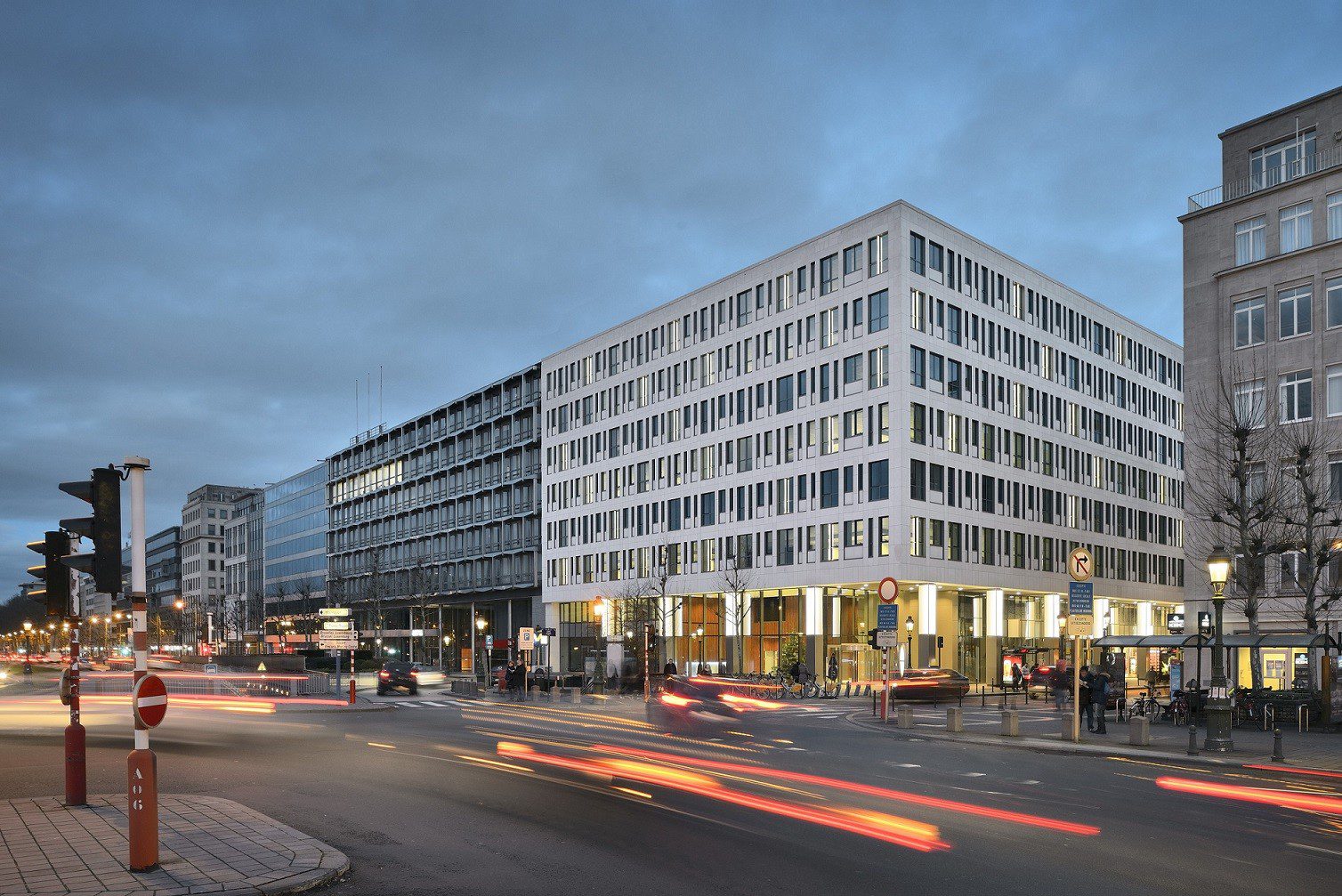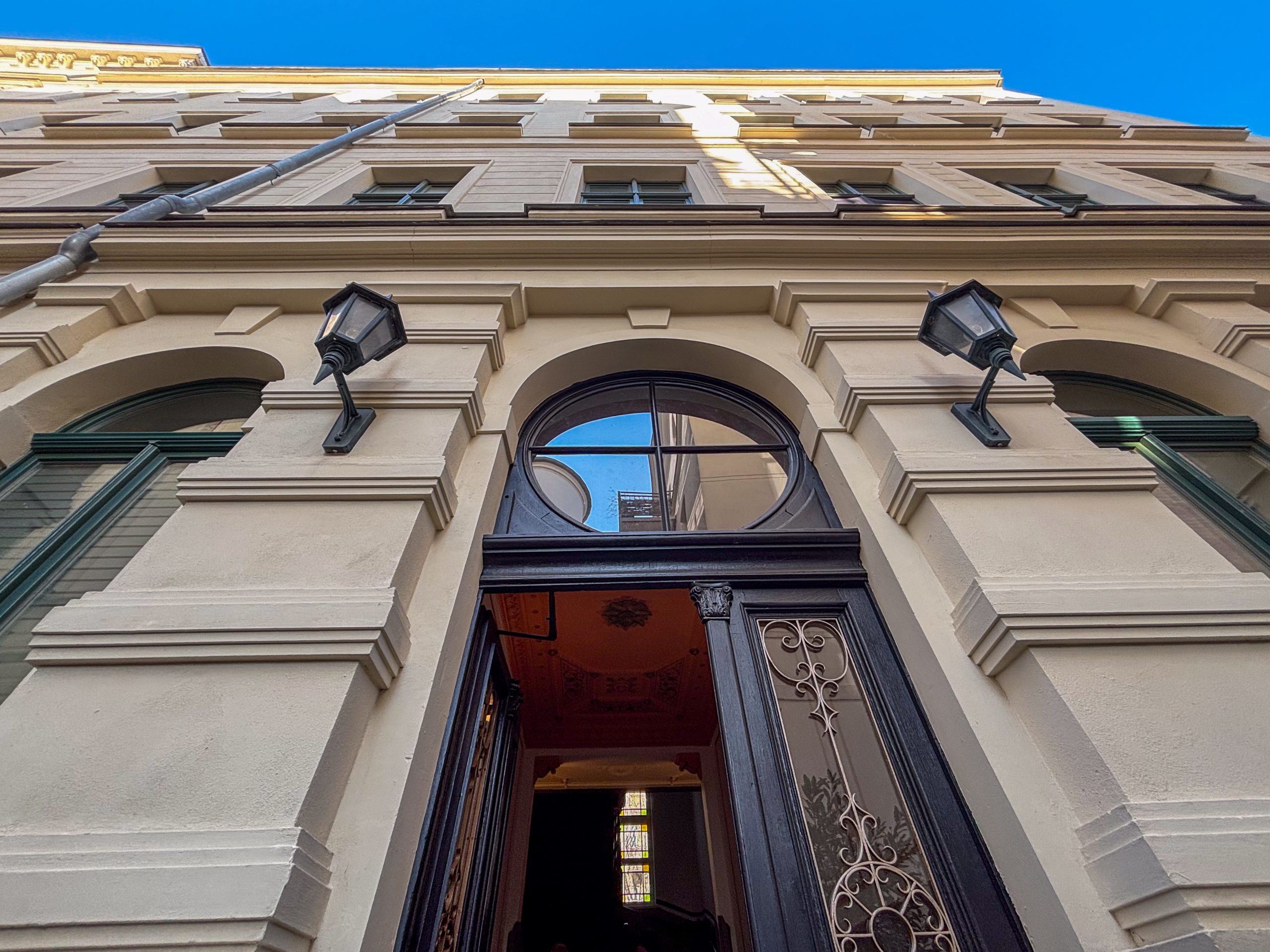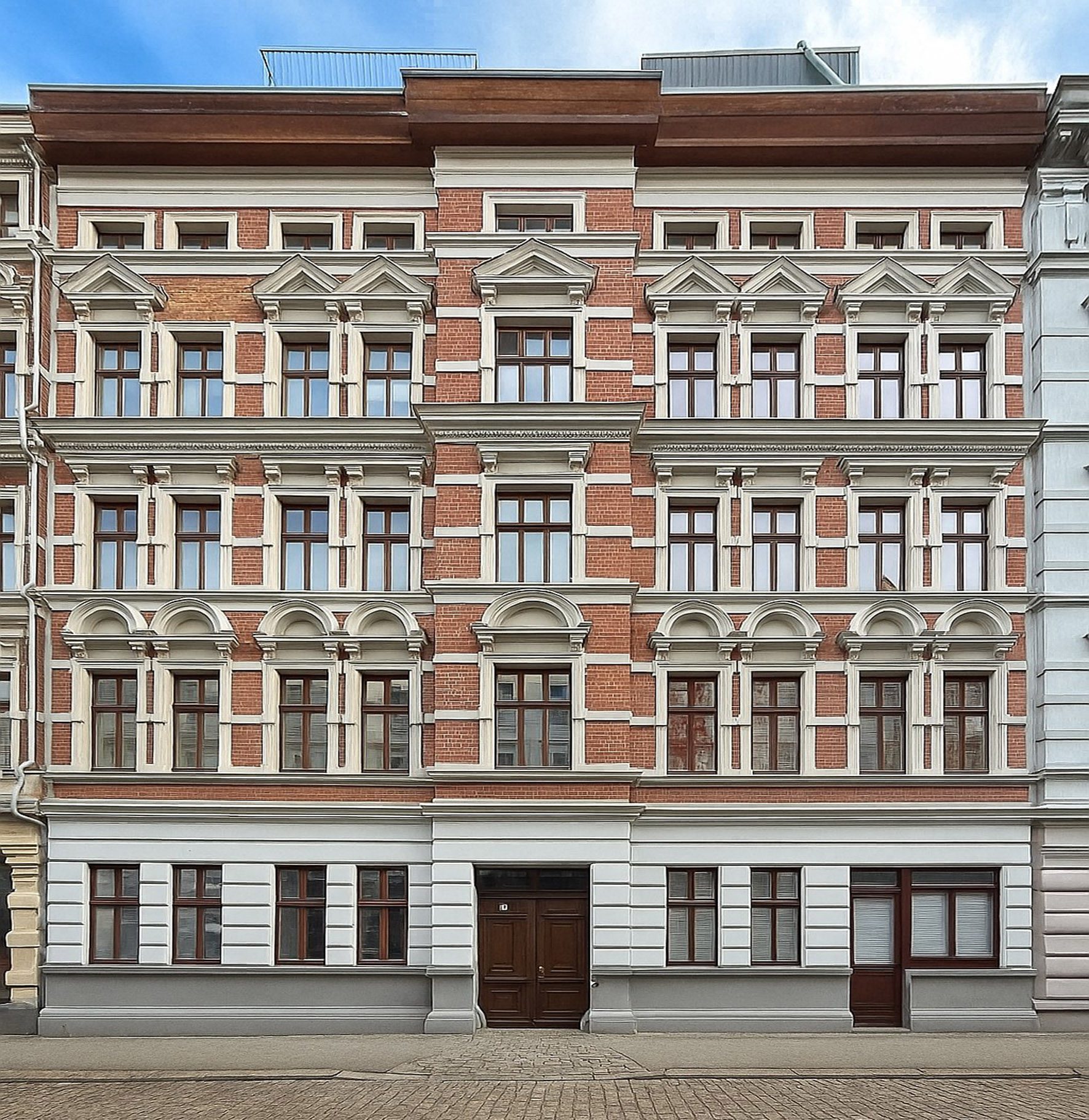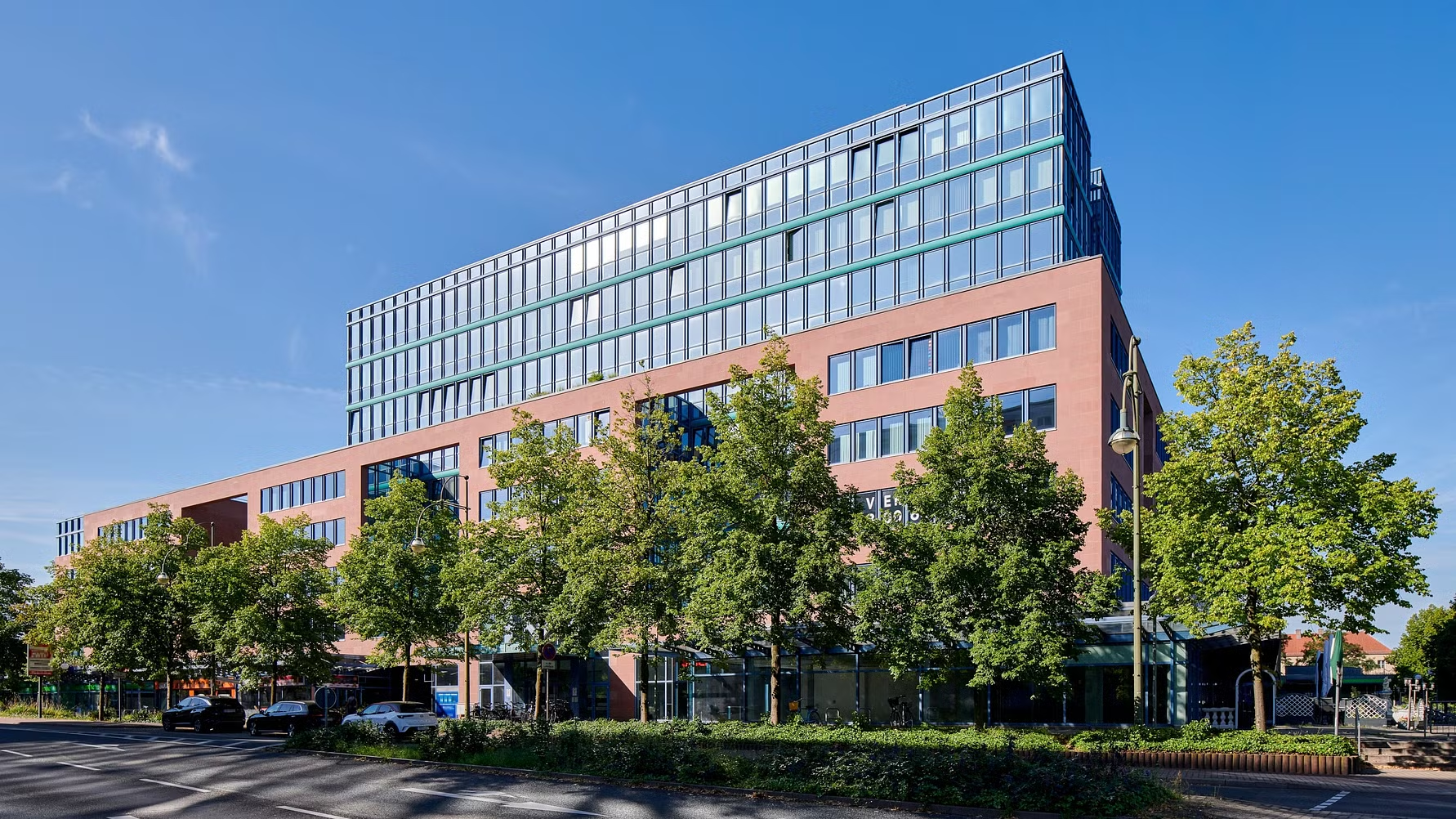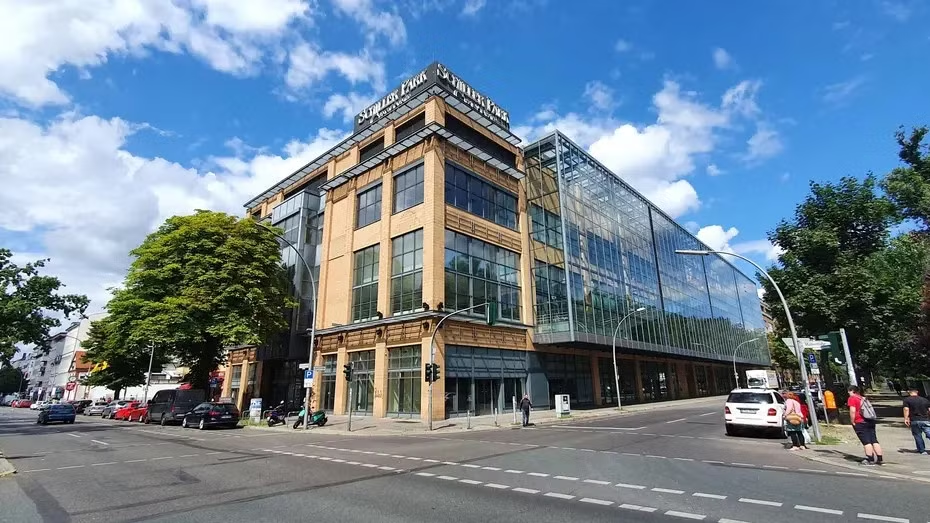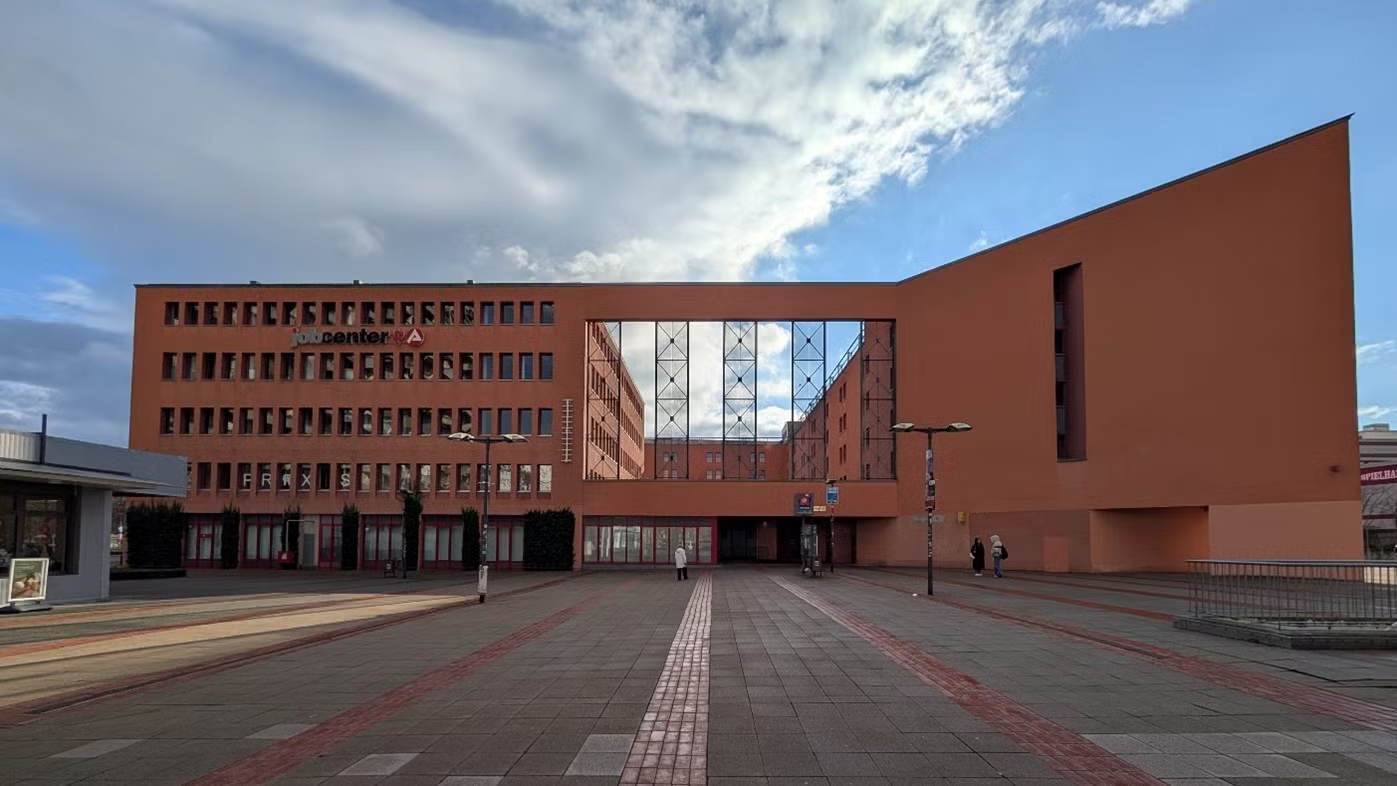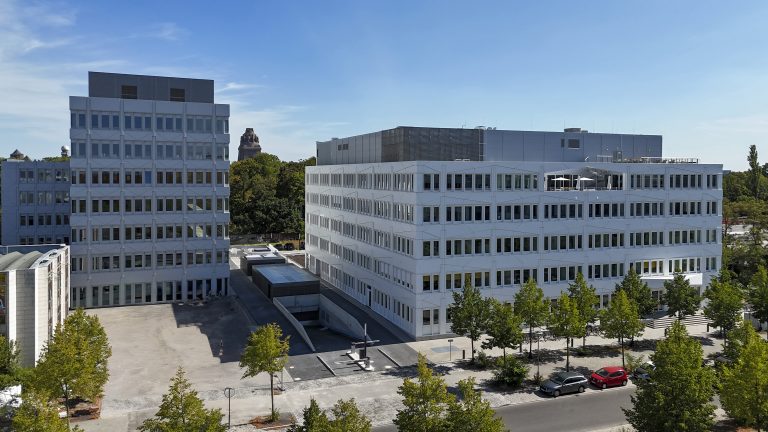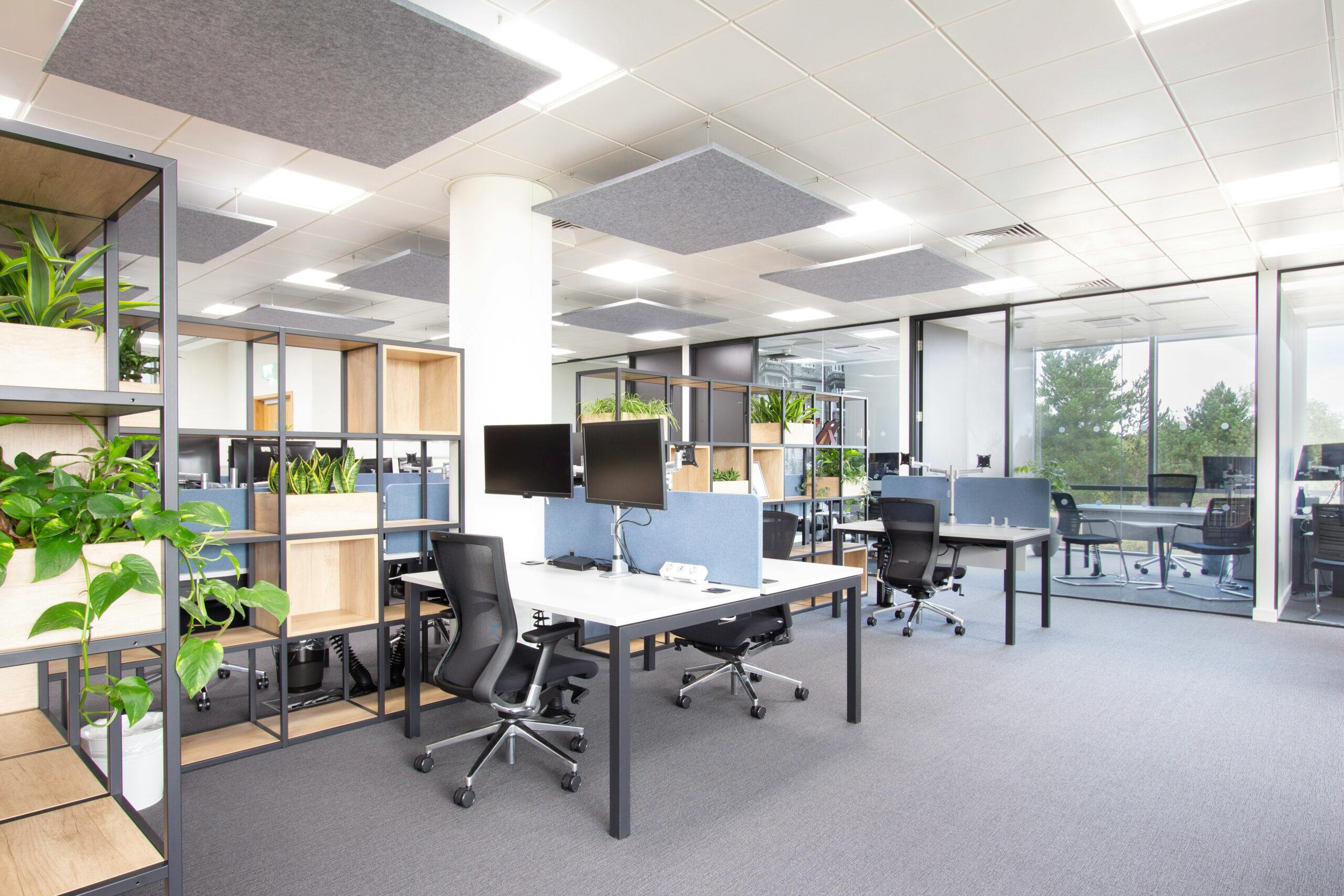According to Colliers, the industrial and logistics real estate market achieved a transaction volume of 4.0 billion euros in the last nine months. Compared to the same period last year, this corresponds to a decline of 11 percent. On a ten-year average, a decline of 16 percent was recorded. The below-average result is mainly due to the delay within the investment processes as a result of the long exclusivity periods, which are often caused by more intensive due diligence phases. On a positive note, despite the delay, the transactions were successfully completed in the third quarter, so that the strongest three-month result of the year was registered in the third quarter at around EUR 1.6 billion. In the context of the investment market as a whole, the segment also remained solid with a market share of 23 percent and was the second largest type of use after office. Both prove the continuing market interest.
Christian Kah, Head of Industrial & Logistics Investment Germany at Colliers: “The entire investment market is characterised by an ongoing transformation phase. Global geopolitical and economic developments pose challenges for all investors, regardless of segment focus, such as weakened demand and rising vacancies. At the same time, however, we are seeing increasing momentum and a high level of interest in German industrial and logistics real estate. We are also observing that both portfolio transactions and large-volume core deals of more than EUR 100 million are being placed more often again and are finding a buyer. In terms of building types, we are noticing that so-called special properties – i.e. properties designed specifically for use such as cross-dock, temperature-controlled properties, IOS – are becoming increasingly important for many investors. For example, in the second quarter, an IOS portfolio was sold by the Branicks Group to a French special fund.”
Portfolio sales for special funds dominate the summer
Thanks to several portfolio transactions in the summer months of July to September, the total share of portfolio transactions rose to 30 percent. One of the most significant package sales was the sale of the Helix portfolio of twelve logistics properties, which was sold by Nuveen and Palmira to the US investment company Starwood Capital. Another market-defining transaction was the sale of the urban logistics portfolio, consisting of eleven properties, to the Highbrook platform CityLink. Here, too, the capital came from the USA. In the area of individual transactions, two major deals stood out: a special property of an automobile manufacturer in the greater Ingolstadt region, which was sold to an Israeli pension fund for over 130 million euros, and a new-build property of the project developer Garbe in the Leipzig logistics region, which changed hands for over 120 million.
“Interest in portfolio transactions is particularly high among new, international players who want to increase their allocation in the industrial and logistics segment. We note that the time for seed portfolio purchases is currently particularly attractive, as a portfolio premium is currently not enforceable on the seller’s side. In addition, the German market continues to score points in a global relationship with political stability and economic investments (special funds). Both are viewed particularly positively, especially by international investors.”
At the end of the third quarter, the strongest buyer groups, at around 31 percent, were open-ended real estate funds and special funds, followed by asset managers in second place with a share of around 17 percent of the total transaction volume. The majority of these buyer groups had international capital, so that the share of international funds in the total transaction volume reached 59 percent after nine months. European investors were the largest source of capital, accounting for just under a third.
“For foreign investors, the main focus is on the noticeably higher dynamism on the rental market. We expect new trends and government subsidy programs, such as the special fund for infrastructure and defense industries, to provide further positive impetus for the rental market. We consider the return of leasing activities on the part of e-commerce companies to be the most formative development at the moment. We currently identify the flattening rental growth rates as the biggest challenge for investors. The peak growth rates from the boom years 2020 to 2022 are not ascertainable at this level in the current market situation. In addition, we see that the trend towards shorter lease terms in the rental market is a topic of discussion, especially among core investors. While users are increasingly concluding leases for 3-5 years, core investors, on the other hand, prefer long terms of 10 years. Nevertheless, the German industrial and logistics real estate market also offers special properties, such as IOS spaces or cross-dock properties with above-average lease terms and the so-called sticky tenants (due to the BTS character of the properties and the high fit-out costs, this user group stays in the properties for an above-average period of time). We have noticed that the renewed increase in parcel volumes (for 2025, the Federal Association of Parcel and Express Logistics expects an increase of 2.4 percent compared to the previous year) is fueling demand for cross-dock real estate in particular, while in the medium term, government investments (special funds) in infrastructure will lead to increased demand for open space on the part of users,” explains Kah.
Prime yields remain stable
The gross prime yield for core logistics properties with an area of more than 3,000 square metres has been stable since the first quarter of 2024.
“We have been seeing a sideways movement in industrial and logistics real estate for 1.5 years now. We do not expect yield compression until next year due to the increasing market dynamics. After a holding period of five to ten years, many sellers have the opportunity to sell – with the aim of securing returns. The transactions meet buyers with a focus on portfolio expansion, who at the same time use the attractive price level on the German market for their allocation strategy. Although we expect a dynamic fourth quarter, we expect an overall result that will be slightly below the previous year’s result. Based on the transactions currently on the market, we also expect a brisk start to 2026,” Kah concludes.
